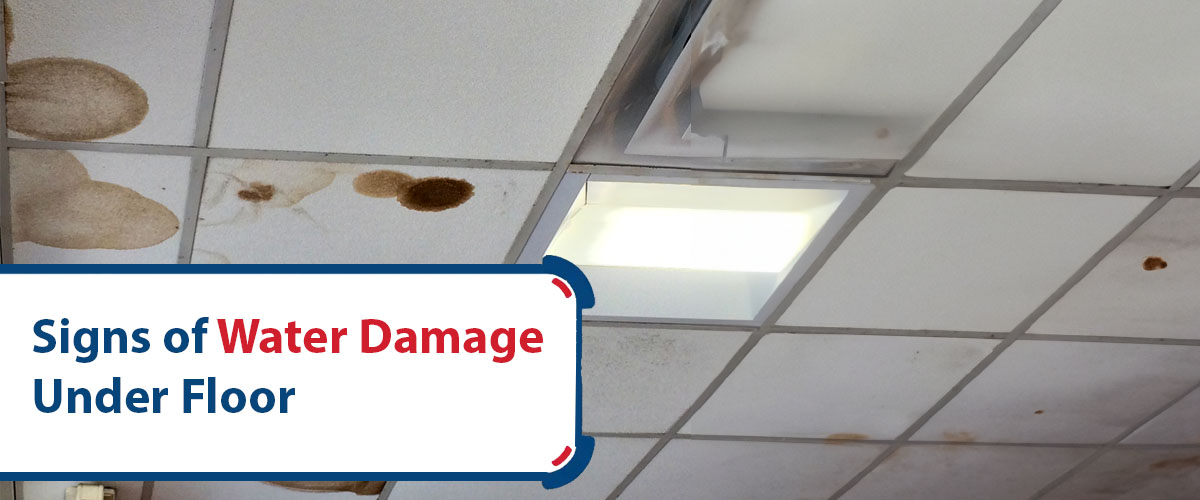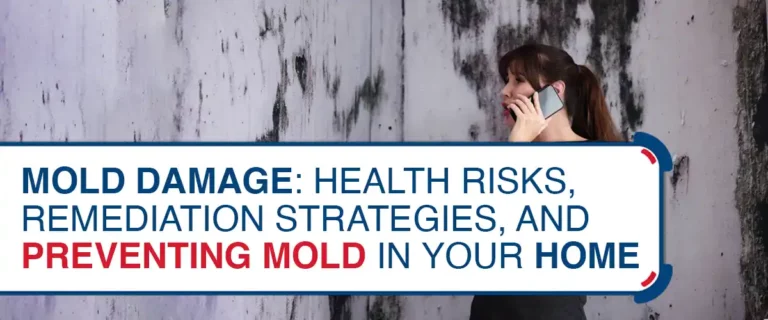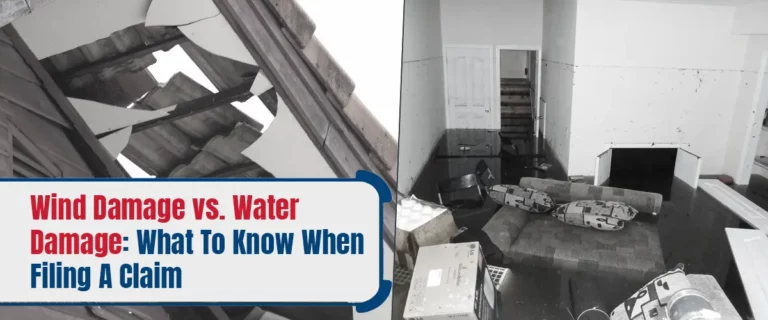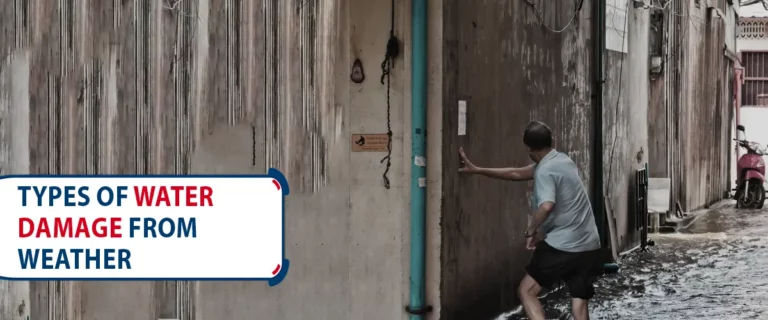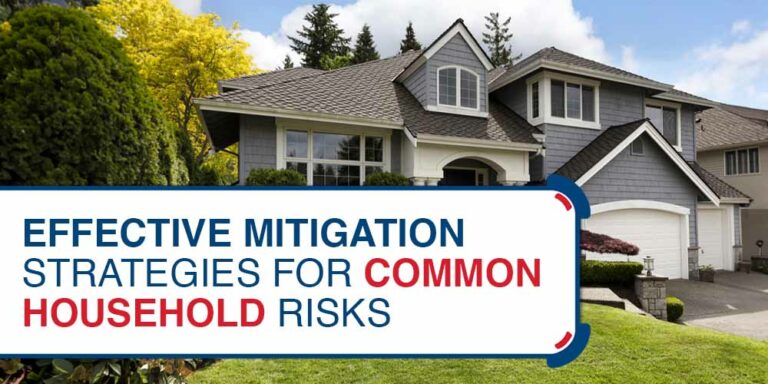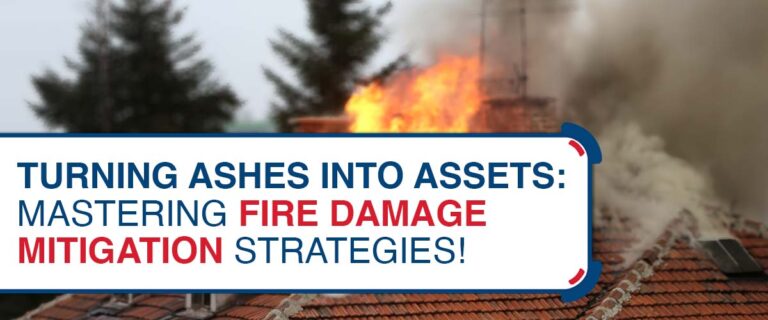Signs of Water Damage under Floor
How often do you think about the hidden world beneath your feet? Your floors might seem solid and reliable, but they can hide a silent menace: water damage. It occurs due to water intrusion into a property, leading to various injuries and health risks. Finding water damage beneath floors is essential to preserving a building’s structural integrity and averting additional damage.
Furthermore, unattended water damage can lead to costly structural repairs and pose risks to the health of occupants. This guide highlights the visual indicators of water damage under floors and the significance of early detection to mitigate risks and minimize costs.
6 Signs of Water Damage Under the Floor
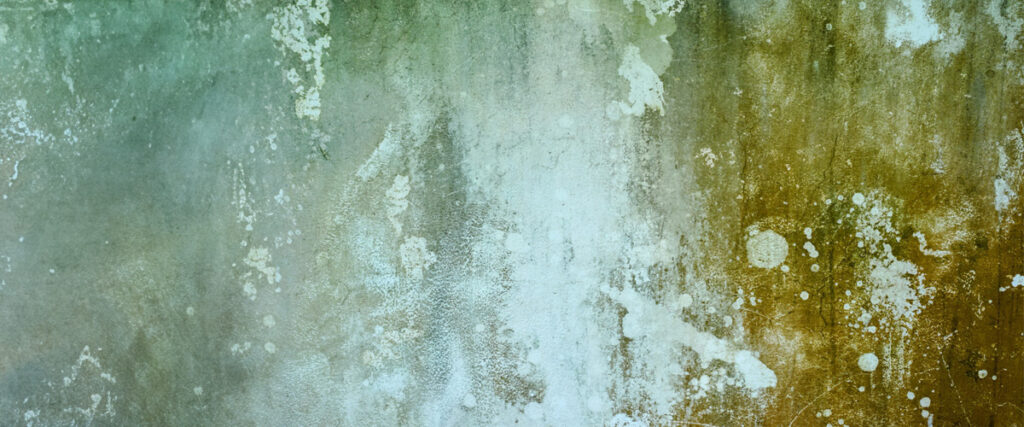
Visual Indicators
Visual signs of water damage can provide valuable clues to water damage beneath the floors. Here are some critical visual indicators to look out for when considering water damage recovery in Kansas City:
1. Discoloration
One of the most conspicuous signs of water damage under floors is discoloration, such as:
- Dark or yellowish stains on the floor – Water can cause visible discoloration on floors, leaving dark or yellowish stains that spread over time, indicating the presence of water damage.
- Patchy areas of discoloration – Irregular patches of discoloration on the flooring can also denote water damage. These patches may be uneven and intensify over time.
2. Swelling or Warping
Another visual indicator is the swelling or warping of flooring materials, such as:
- Buckling or bulging floorboards – Water damage can cause floorboards to swell, resulting in a buckled or bulging appearance. Quickly notice these irregularities and address them promptly.
- Gaps or separations between boards – Water damage may cause boards to separate or create noticeable gaps. Potential signs of water damage should be any board shifting or separation.
3. Changes in Texture
Through touch and visual observation, you can determine the texture changes, such as:
- Softness or sponginess when walking on the floor – Water-damaged floors can become soft or spongy when pressure is applied. It suggests the material has lost its structural integrity caused by water damage.
- Cracked or brittle floor tiles – Tiles may break or become brittle due to water damage. It could be due to water seeping underneath the tiles and compromising their integrity.
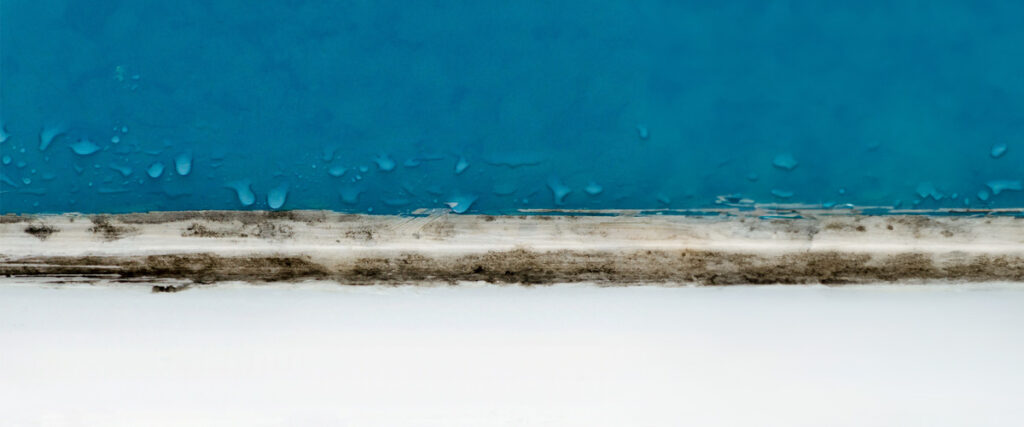
Odor Indicators
In addition to visual cues, odors can serve as valuable indicators of water damage beneath the floors. Here are some odor indicators to be aware of:
- Musty or mildew smell – A musty or mildew-like odor is a common indication of water damage. When water is present for an extended period, mold or mildew may grow, resulting in a distinct smell.
- Damp smell – A persistent damp smell is another sign of water damage under floors. This odor may be more prominent in areas of high humidity, such as bathrooms or basements.
- Rotting or decaying odor – In severe cases of water damage, a rotting or decaying smell may be present. If you detect this odor, it is crucial to immediately investigate and address it, as it may mean significant structural issues and potential health risks.
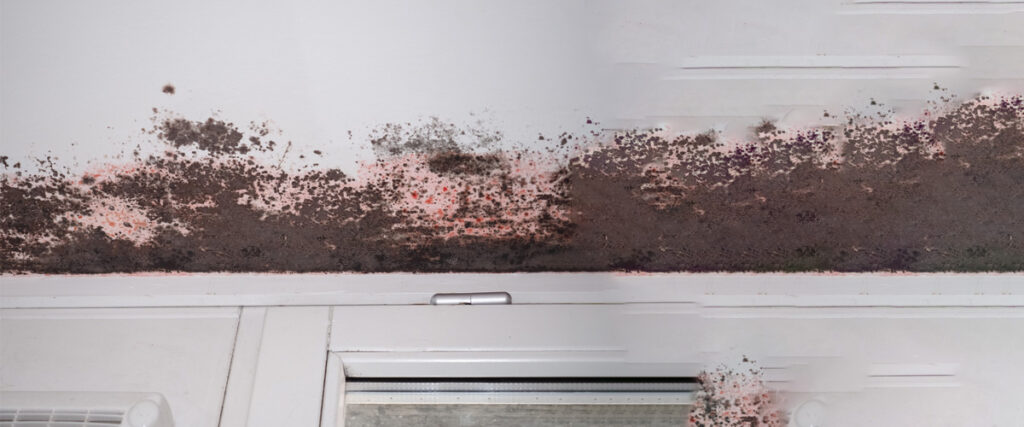
Physical Indicators
Apart from visual and odor indicators, several physical signs can confirm the presence of water damage beneath the floors. These include:
- Puddles or standing water can occur due to a leak, flooding, or other water-related issues and demand prompt care to stop further harm.
- Moisture meter readings – Professionals often use moisture meters to measure the moisture content in flooring materials. If the readings indicate higher moisture levels than usual, it suggests the presence of water damage and the need for further investigation.
- Mold or fungal growth – Visible mold or fungal growth on or around the floor indicates water damage. It confirms the presence of moisture and highlights the potential health hazards associated with mold spores.
- Increased humidity levels in the area – Water damage under floors can increase humidity levels in the affected area. It can result in malfunctioning electronics, bacterial growth, and exacerbation of allergies. Monitoring humidity levels can help identify the presence of water damage.
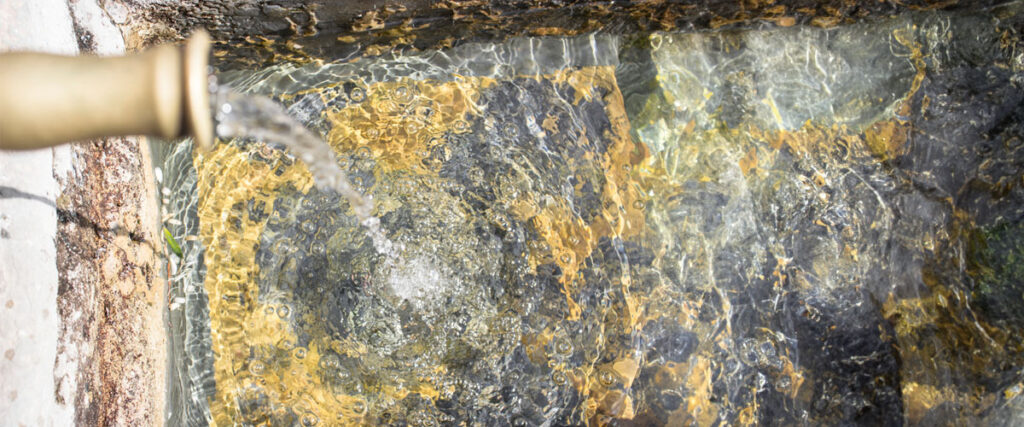
Flooring Foes: Spotting Water Woes!
In summary, identifying water damage under floors is crucial for minimizing further damage and maintaining a safe living or working environment. Early detection enables prompt repairs and can avert future, more involved, and expensive repairs.
Moreover, by paying attention to visual, odor, and physical indicators, property owners can take appropriate action and seek professional assistance from a water damage company in Kansas City to reduce the potential risks of water damage. Remember, acting is crucial in preserving the structural integrity of the building and the well-being of its occupants.
Reference:
- Ward, K. (2023). A Comprehensive Guide on Water Leaking Through Floor: Causes, Signs, and Solutions. OATUU. Retrieved from https://oatuu.org/a-comprehensive-guide-on-water-leaking-through-floor-causes-signs-and-solutions/


